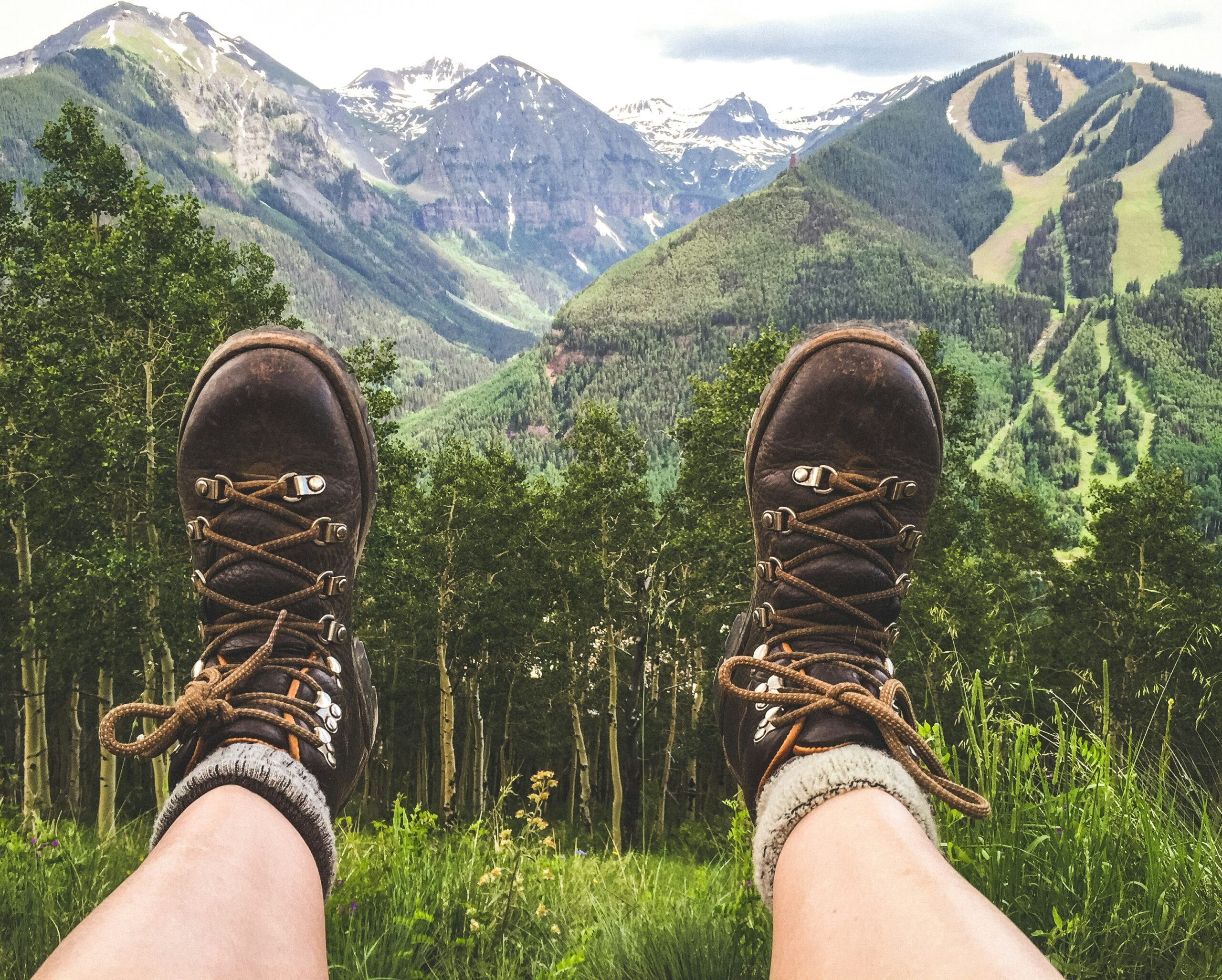<script type="text/javascript" src="http://classic.avantlink.com/affiliate_app_confirm.php?mode=js&authResponse=c4e13e1b9b5acdedad16d533a16f7bf0c234d607"></script>
<script type="text/javascript" src="http://classic.avantlink.com/affiliate_app_confirm.php?mode=js&authResponse=c4e13e1b9b5acdedad16d533a16f7bf0c234d607"></script>

A new pair of hiking boots can feel stiff at first, and if you hit the trails too soon, you risk painful blisters, sore feet, and discomfort. Breaking in your boots properly is essential for preventing hotspots, improving comfort, and ensuring a perfect fit before your next adventure.
In this guide, we’ll cover the best methods to break in hiking boots while avoiding blisters. If you’re still searching for the perfect pair, check out our Best Hiking Boots of 2025 guide for expert recommendations.
New hiking boots are designed to provide stability, support, and protection, but their materials need time to soften and mold to your feet. Rushing the break-in process can lead to:
Pro Tip: The break-in process varies depending on the boot material. Full-grain leather takes longer than synthetic models, but both require some time to adjust.
Why? Indoor walking allows your feet to adjust to the boots without external stress.
Why? Gradually increasing wear time helps your feet and boots adjust without causing blisters.
Why? Light trail use helps shape the boots to your foot movement under real hiking conditions.
Why? This step ensures the boots remain comfortable for extended wear and heavier loads.
Why? Leather boots require extra care to remain flexible and water-resistant.
❓ How long does it take to break in hiking boots?
👉 It typically takes one to three weeks, depending on the boot material and how often you wear them.
❓ Can I speed up the break-in process?
👉 Yes! Wear thick socks, walk indoors, and take short hikes to gradually loosen the material.
❓ What should I do if my boots cause blisters?
👉 Apply moleskin or blister pads on hotspots and adjust your lacing for better support.
Breaking in hiking boots properly ensures comfort, stability, and blister-free adventures. By gradually increasing wear time, using the right socks, and adjusting fit as needed, you can enjoy your next hike without foot pain.
Looking for the best hiking boots this year? Check out our Best Hiking Boots of 2025 for expert recommendations!